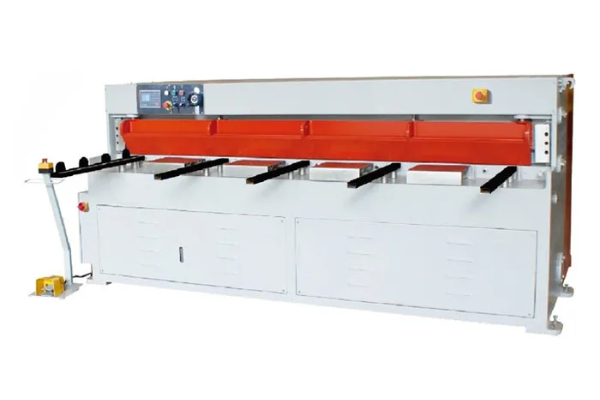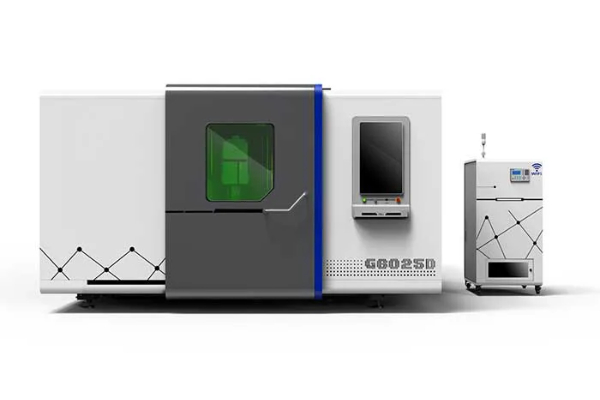
Comparing Different Types of Duct Coil Line Machines
- By:Metmac
- 2024-06-25
- 172
Introduction
Duct coil line machines are essential pieces of equipment in the HVAC industry, responsible for producing duct coils used in air conditioning and ventilation systems. With various types available, selecting the optimal machine for specific requirements is crucial. This article provides a comprehensive comparison of different duct coil line machines to guide decision-making.
Types of Duct Coil Line Machines
Horizontal Machines
Horizontal machines work by feeding coil material from one end to the other, where it undergoes various processes. They offer high production capacity and are suitable for mass production of duct coils.
Vertical Machines
Vertical machines move the coil material vertically, allowing for efficient space utilization. They are compact and ideal for small-scale operations.
Spiral Coil Machines
Spiral coil machines form coils in a spiral shape, creating a compact and lightweight design. They are commonly used for small-diameter coils and in tight spaces.
Auto Feed Coil Machines
Auto feed coil machines automatically feed the coil material into the machine, reducing manual labor and increasing efficiency. They are suitable for high-volume production.
Semi-Auto Feed Coil Machines
Semi-auto feed coil machines require manual loading of the coil material, but they automate subsequent processes. They are ideal for mid-volume production.
Factors to Consider When Comparing Machines
Production Capacity
The production capacity of a machine determines its ability to meet production demands. Consider the volume and turnaround time required for your operation.
Coil Specifications
Machines have varying capabilities in producing different coil sizes, shapes, and materials. Ensure that the machine can handle the required coil specifications.
Speed and Efficiency
The speed and efficiency of a machine directly impact productivity. Compare the cycle time, production rate, and material utilization of different machines.
Versatility
Some machines can produce multiple types of coils, while others are more specialized. Consider the versatility of the machine to cater to potential future needs.
Automation Level
The level of automation determines the labor requirements and efficiency. Choose machines with appropriate automation levels to reduce manual labor and increase productivity.
Space Requirements
The size and footprint of the machine should be considered based on available space in the facility. Vertical machines are more compact, while horizontal machines require more floor space.
Maintenance and Service
Regular maintenance and servicing are essential for optimal performance. Compare the maintenance schedule, availability of spare parts, and warranty terms for different machines.
Conclusion
Choosing the ideal duct coil line machine depends on specific requirements, including production capacity, coil specifications, speed, efficiency, versatility, automation level, space constraints, and maintenance considerations. By thoroughly comparing different types of machines and evaluating these factors, businesses can make informed decisions to optimize their HVAC production processes and meet their business needs effectively.
-
Advanced Sheet Metal Rolling, Cutting, and Folding Machines for Efficient Fabrication
2025/10/22 -
High-Precision Sheet Metal Bending and Cutting Solutions for Modern Manufacturing
2025/10/22 -
High-Precision Solutions from Leading Sheet Metal Cutting Machine Manufacturers
2025/09/11 -
Reliable Sheet Metal Equipment for Sale to Support Precision Fabrication
2025/07/17
-
Advanced Sheet Metal Rolling, Laser Cutting, and Folding Machines for Precision Fabrication
2025/10/31 -
High-Performance Sheet Metal Bending and Cutting Machines for Modern Fabrication
2025/10/31 -
High-Quality Sheet Metal Equipment for Sale: Efficient Solutions for Modern Manufacturing
2025/10/31 -
High-Performance Sheet Metal Equipment for Sale: Forming and Shearing Solutions for Modern Fabrication
2025/10/22
-
A Guide to the Latest Innovations in Sheet Metal Folding Machines
2024/11/29 -
Key Features to Consider When Investing in a Sheet Metal Folding Machine
2024/11/28 -
Enhancing Precision with Advanced Sheet Metal Folding Machines
2024/11/27 -
How to Choose the Right Sheet Metal Folding Machine for Your Workshop
2024/11/26






